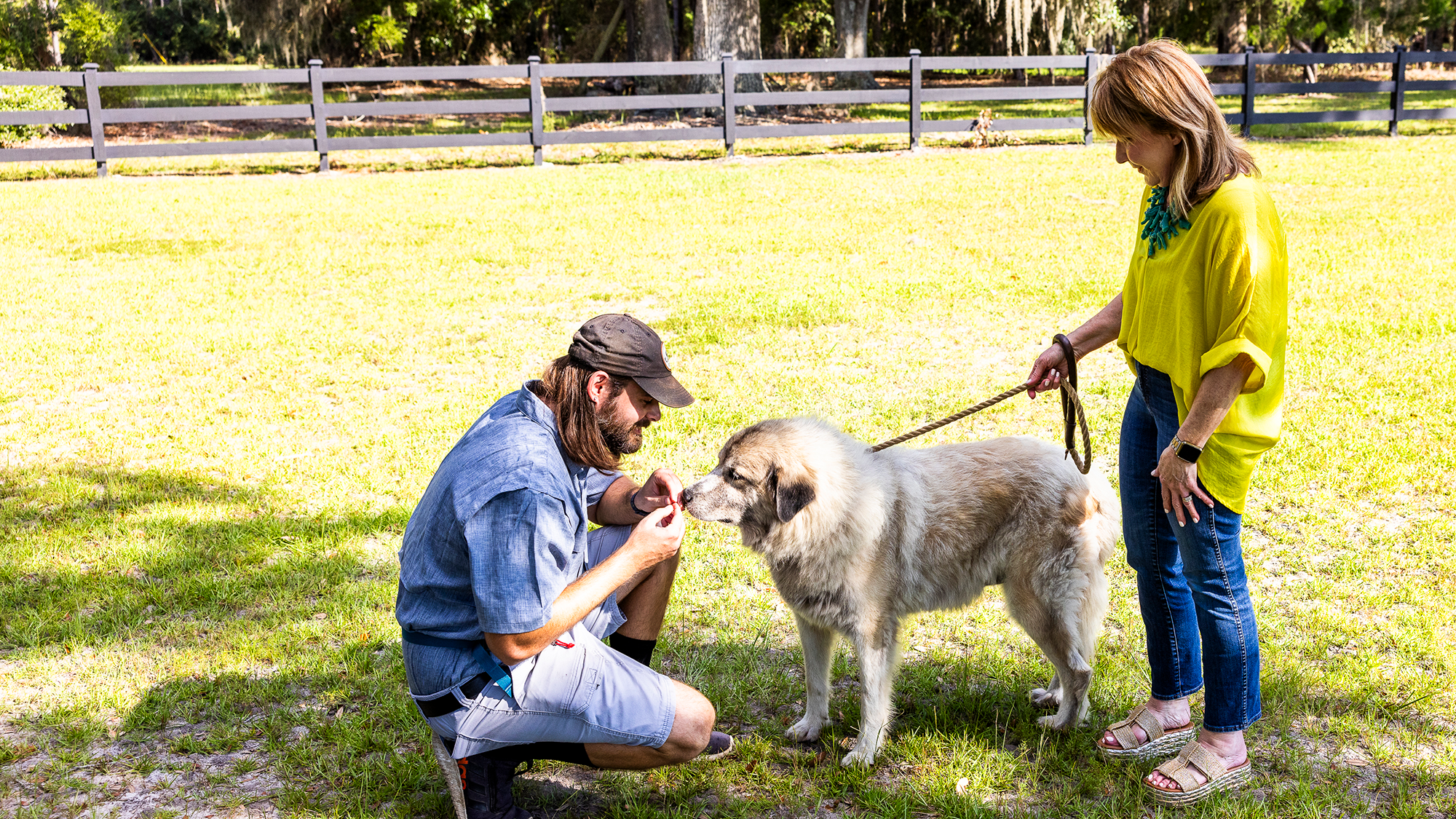Positive reinforcement, the technique of encouraging desired behaviors through rewards, has a rich history that reveals much about our evolving relationship with dogs. This method's roots extend from ancient times to the early 20th century, highlighting a gradual shift in training philosophies.
The principles of positive reinforcement can be traced back to ancient Rome. Roman writings on animal husbandry and training suggest that rewards were used to encourage desirable behaviors in dogs. Columella, a Roman agricultural writer, documented methods of training hunting dogs, noting how they were rewarded with food or praise for successful performances. This early use of rewards laid a foundational understanding of how positive reinforcement could effectively guide behavior.
During the Middle Ages, systematic records of dog training are limited, but evidence suggests that training methods similar to those of the Romans persisted. Dogs were primarily valued for practical roles such as hunting, herding, and guarding. The use of rewards for successful task completion would have been a natural extension of earlier practices. While formalized training techniques were less prevalent, the principle of rewarding dogs for performing their duties effectively continued.
The early 20th century marked a pivotal shift in dog training methodologies. With the rise of behaviorist psychology, the focus of training began to shift from positive reinforcement to more control-oriented methods. Pioneers like John B. Watson and B.F. Skinner introduced concepts from operant conditioning, emphasizing the role of both positive and negative reinforcement. Although positive reinforcement was acknowledged, the era saw a growing emphasis on punishment-based techniques.
By World War II, aversive training methods began to gain prominence. Techniques such as choke chains, prong collars, and leash corrections became widely adopted. These methods were influenced by a broader cultural inclination towards control and dominance. The introduction of these aversive techniques represented a significant departure from earlier, reward-based practices, focusing instead on correction and discipline to manage dog behavior.
The latter part of the 20th century and early 21st century witnessed a resurgence in positive reinforcement-based training. Influential trainers and researchers, including Dr. Karen Pryor and Dr. Ian Dunbar, advocated for reward-based methods, demonstrating their effectiveness through scientific research and practical application. Positive reinforcement has been shown to foster better behavioral outcomes and enhance the human-animal bond, marking a return to more compassionate and effective training practices.
The history of positive reinforcement in dog training illustrates a journey from ancient practices to modern techniques. From its early use in Rome to the dominance of aversive methods in the early 20th century, the evolution of training approaches reflects broader changes in our understanding of animal behavior. Today, positive reinforcement stands at the forefront of dog training, supported by extensive research and a commitment to humane, effective methods. This historical trajectory underscores our growing recognition of the importance of rewarding desirable behaviors to build strong, positive relationships with our canine companions.
Nicolaus Hathaway, CPDT-KA
Dog trainer serving Valdosta GA



